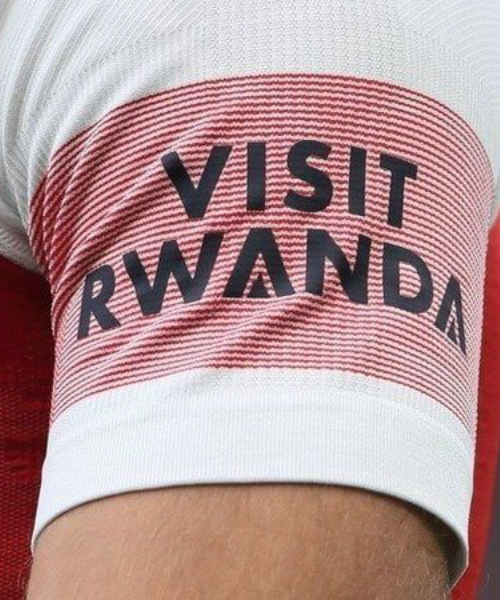NEW YORK – In a historic move aimed at cementing a fragile ceasefire, the United Nations Security Council voted on Monday to approve a US-drafted resolution authorizing the deployment of an international stabilization force to the Gaza Strip and endorsing a controversial peace plan that offers a conditional pathway to a future Palestinian state.
The vote, which passed with 13 in favor and abstentions from permanent members Russia and China, marks the most significant international intervention in the two-year war that has ravaged the Palestinian enclave since Hamas’s October 7, 2023, attack on Israel. The resolution’s passage, achieved without a veto, provides a framework for the shaky truce that took hold on October 10 and has held precariously since.
“Today’s resolution represents another significant step that will enable Gaza to prosper and an environment that will allow Israel to live in security,” declared US Ambassador to the UN, Mike Waltz, following the vote. US President Donald Trump, whose administration spearheaded the plan, claimed it would lead to “further Peace all over the World.”
A Plan for Security and Governance
The resolution gives the green light to the creation of an International Stabilization Force (ISF), a multinational contingent tasked with working alongside Israeli and Egyptian forces, as well as newly trained Palestinian police. Its mandate is robust: to help secure Gaza’s borders, oversee the demilitarization of the strip, protect civilians, and ensure the safe delivery of humanitarian aid. A key objective is the “permanent decommissioning of weapons from non-state armed groups,” a clear reference to Hamas and other Palestinian factions.
On the governance front, the plan authorizes the formation of a “Board of Peace,” a transitional body to administer Gaza with a mandate running until the end of 2027. The resolution endorses the plan’s provision for the US President to theoretically chair this board, a point of contention for some critics. Crucially, the resolution explicitly excludes Hamas, the de facto ruler in Gaza since 2007, from any future governance role.
A Contested Pathway to Statehood and a Humanitarian Catastrophe
In carefully negotiated language, the resolution holds out the prospect of Palestinian statehood, but ties it to stringent conditions. It states that once the Western-backed Palestinian Authority (PA) carries out unspecified reforms and the monumental task of rebuilding Gaza is underway, “the conditions may finally be in place for a credible pathway to Palestinian self-determination and statehood.”
This formulation was immediately rejected by Israel. Ambassador Danny Danon, while supporting the resolution’s security provisions, reiterated ahead of the vote that his government firmly rejects any move toward a Palestinian state. From the opposite side, Hamas denounced the resolution, stating it failed to meet the Palestinian people’s “political and humanitarian demands and rights.”
The urgency of the humanitarian situation underpins the entire resolution. The Gaza Strip has been described by aid workers as a “post-apocalyptic wasteland” after two years of intense bombardment and a ground offensive. Images from the Shati refugee camp and the sprawling tent cities in Zawaida offer a grim testament to the scale of destruction and displacement. The resolution calls for the immediate and unhindered resumption of large-scale aid deliveries.
“We must substantially step up our work to support the UN humanitarian effort. That requires opening all crossings and ensuring that aid agencies and international NGOs can operate without obstruction,” stated British Ambassador James Kariuki.
Geopolitical Divisions and a Competing Vision
The vote revealed persistent geopolitical rifts. While the US secured a crucial joint statement of support from key Arab and Muslim-majority nations—including Qatar, Egypt, Saudi Arabia, and Turkey—Moscow voiced strong disapproval.
Russia, which circulated a competing draft resolution, argued the US plan was rushed and insufficient. Ambassador Vasily Nebenzya accused the Council of being strong-armed, calling the US document a “pig in a poke” that grants a US-led board “complete control over the Gaza strip” based on mere promises. Moscow’s rival text had focused more explicitly on an immediate two-state solution and would have delayed the international force, instead asking the UN Secretary-General for options.
The passage of this resolution opens a new, highly complex chapter in the long-standing conflict. The success of the International Stabilization Force hinges on its ability to operate in a volatile environment, while the “Board of Peace” faces the Herculean tasks of rebuilding a shattered territory and navigating the deep-seated political animosities between Israel, the Palestinian Authority, and the sidelined Hamas. For the millions of Palestinians in Gaza, the resolution offers a glimmer of hope for stability, but one shadowed by immense uncertainty and a history of failed peace initiatives.











